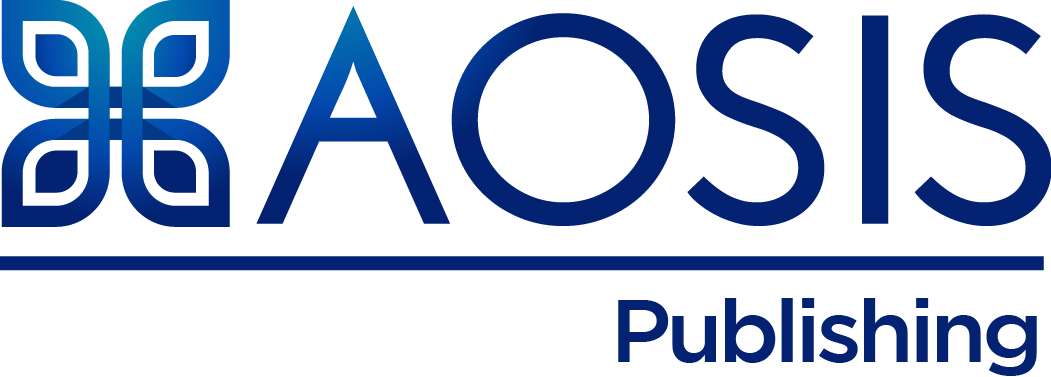False-positive rapid diagnostic tests in paediatric and obstetric patients in South Africa
Southern African Journal of HIV Medicine
| Field | Value | |
| Title | False-positive rapid diagnostic tests in paediatric and obstetric patients in South Africa | |
| Creator | Keal, Josephine Mazanderani, Ahmad H. van Dongen, Nicola Sorour, Gillian Technau, Karl-Gunter | |
| Description | Introduction: Providing easily accessible, quick and accurate human immunodeficiency virus (HIV) testing services (HTS) is central to achieving the Joint United Nations Programme on HIV/AIDS (UNAIDS) 90-90-90 targets. Rapid diagnostic tests (RDTs) for HIV are affordable and technically easy to perform. Two positive RDTs from different manufacturers are required to make a diagnosis of HIV in South Africa. Difficulty arises when there are discordant results from the two kits. In this case report, we will discuss four instances of false-positive RDTs.Patient presentation: Case 1 is a 10-year-old female, referred for initiation of antiretroviral treatment (ART). She was diagnosed using two of the same brand RDT at her local clinic. Case 2 is a 21-year-old female who presented to obstetric admissions in labour. Case 3 is a 39-year-old female who was screened for HIV during a routine antenatal appointment. Case 4 is a 22-year-old female who was admitted 21 days postpartum with puerperal sepsis. All four cases had discordant RDTs when screened for HIV at our facility.Management and outcome: The results of all the investigations conducted on all four patients confirmed HIV negative status. The reference laboratory verified the results and reran the RDTs, which remained discordant. This confirmed a false-positive result in all four cases with the screening RDT.Conclusion: With high numbers tested and a low yield of new cases, each individual case of discordancy may cause unnecessary distress, confusion and treatment, particularly in high-risk scenarios like pregnancy. Trends of false-positive and discordant RDT results should be monitored and inform HTS guidelines. | |
| Publisher | AOSIS | |
| Date | 2021-01-29 | |
| Identifier | 10.4102/sajhivmed.v22i1.1186 | |
| Source | Southern African Journal of HIV Medicine; Vol 22, No 1 (2021); 4 pages 2078-6751 1608-9693 | |
| Language | eng | |
| Relation |
The following web links (URLs) may trigger a file download or direct you to an alternative webpage to gain access to a publication file format of the published article:
https://sajhivmed.org.za/index.php/hivmed/article/view/1186/2233
https://sajhivmed.org.za/index.php/hivmed/article/view/1186/2232
https://sajhivmed.org.za/index.php/hivmed/article/view/1186/2234
https://sajhivmed.org.za/index.php/hivmed/article/view/1186/2231
|
|
ADVERTISEMENT



